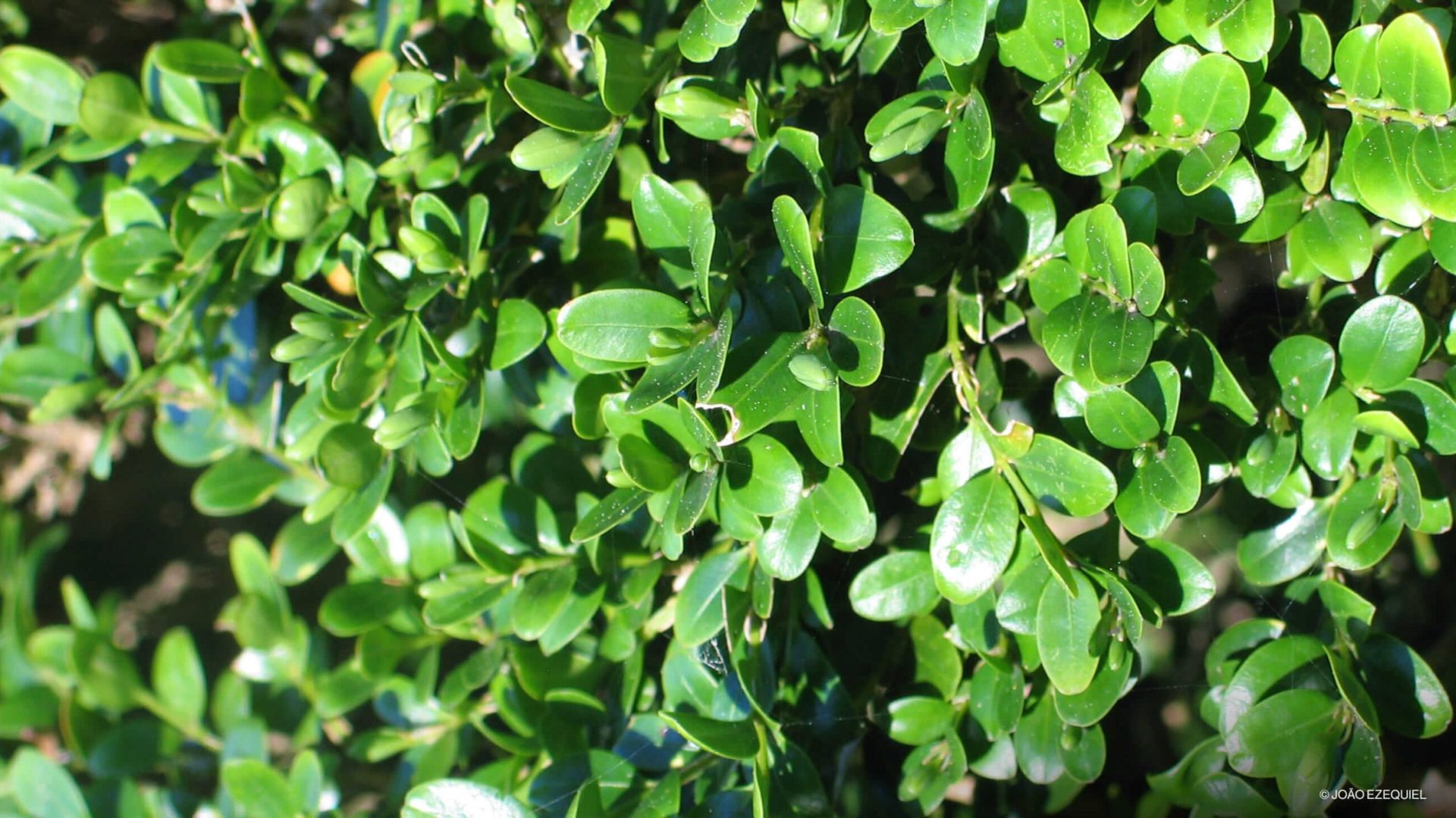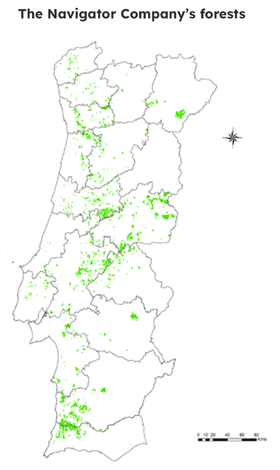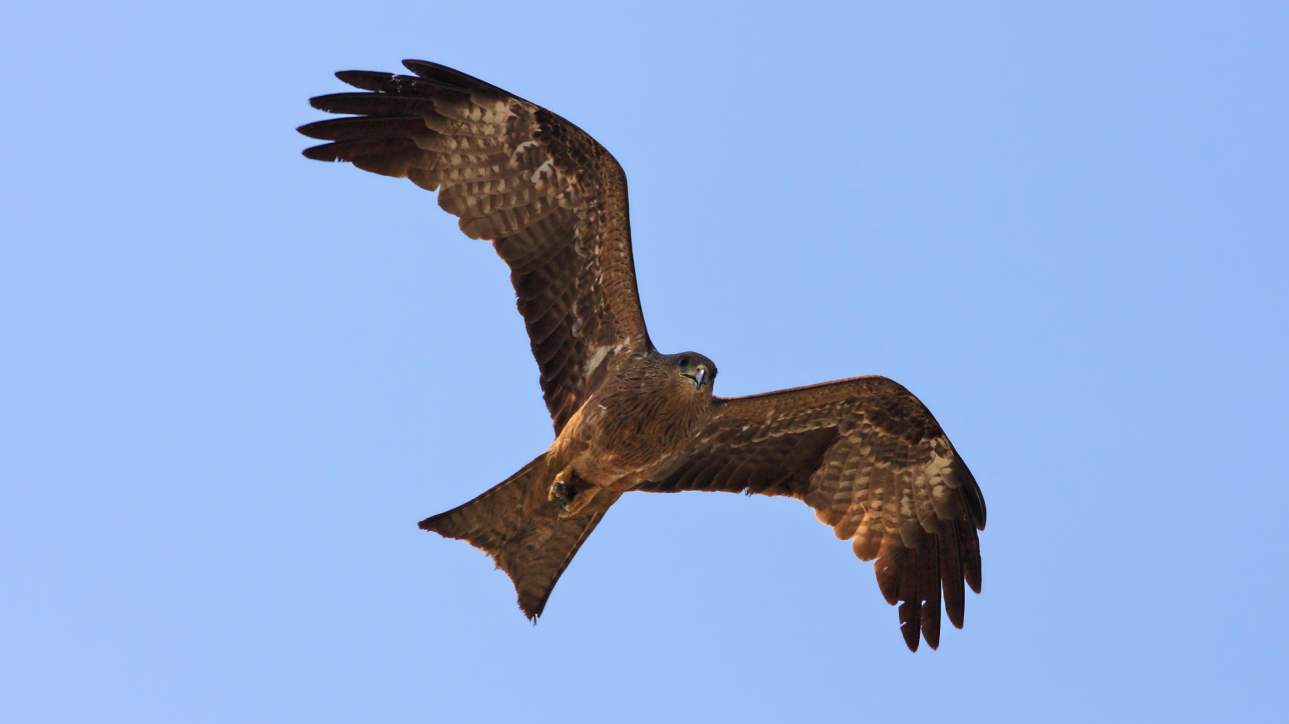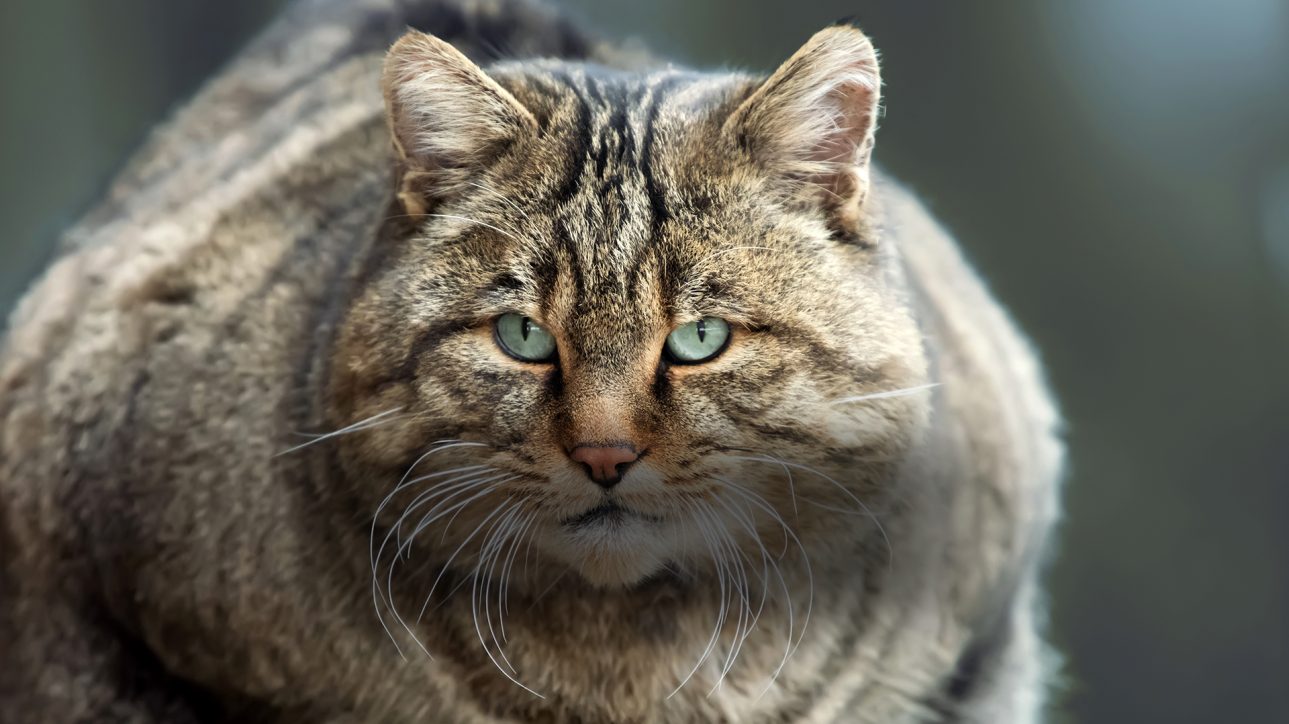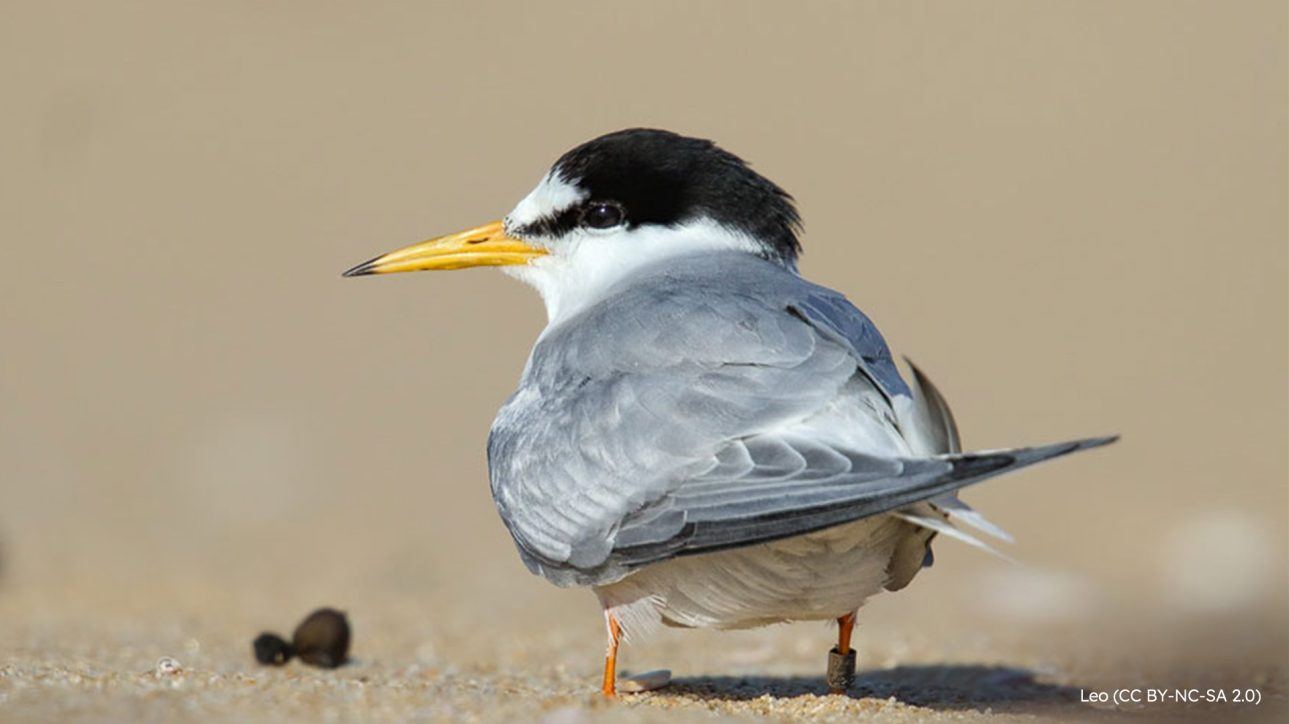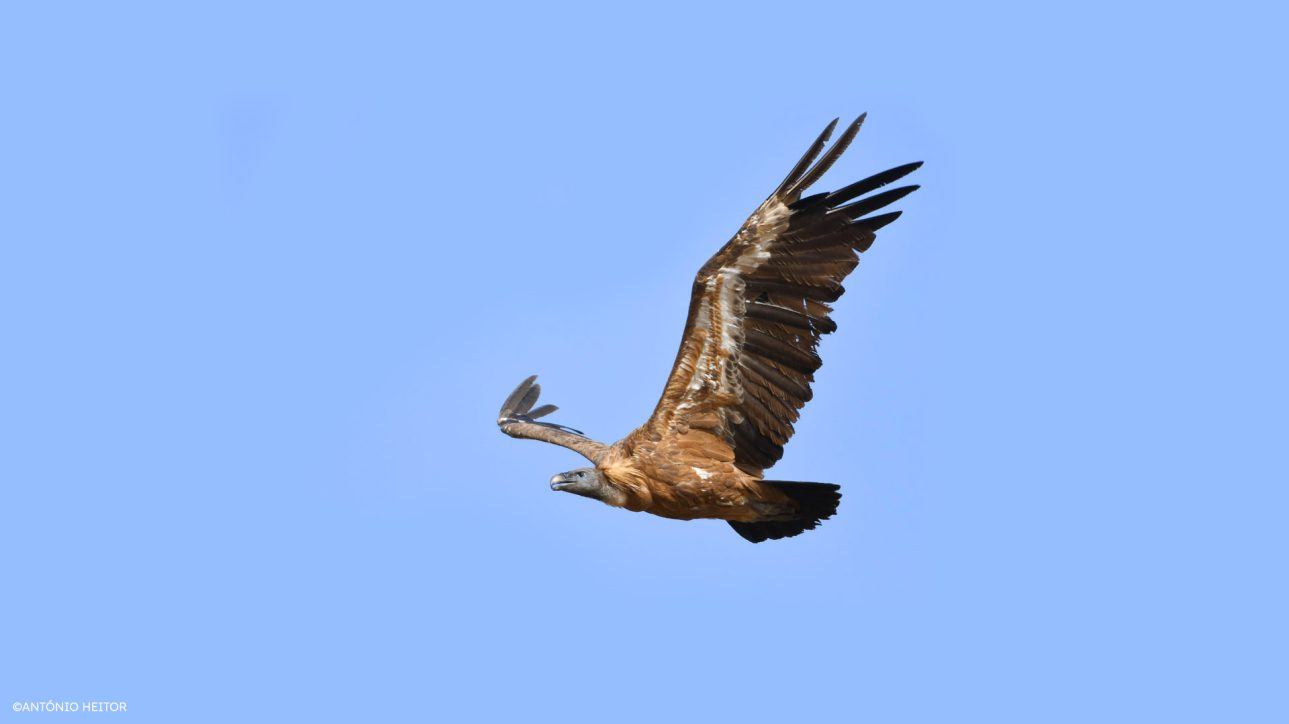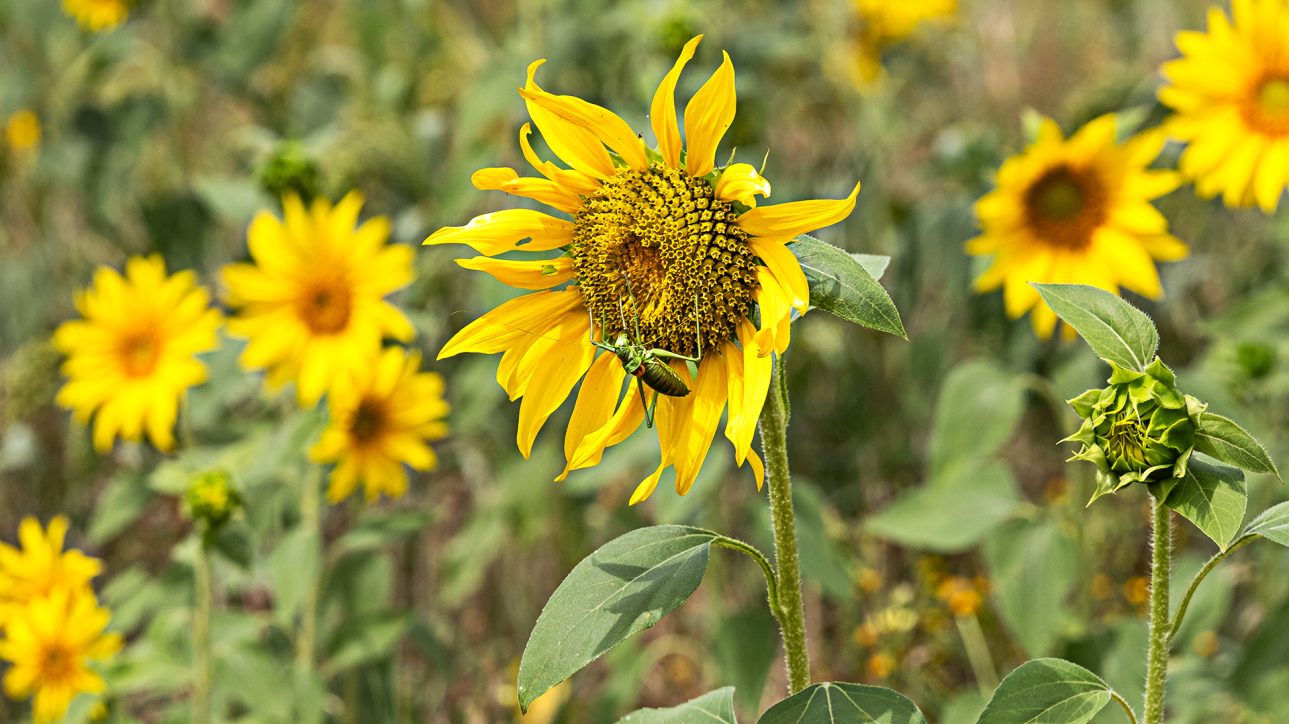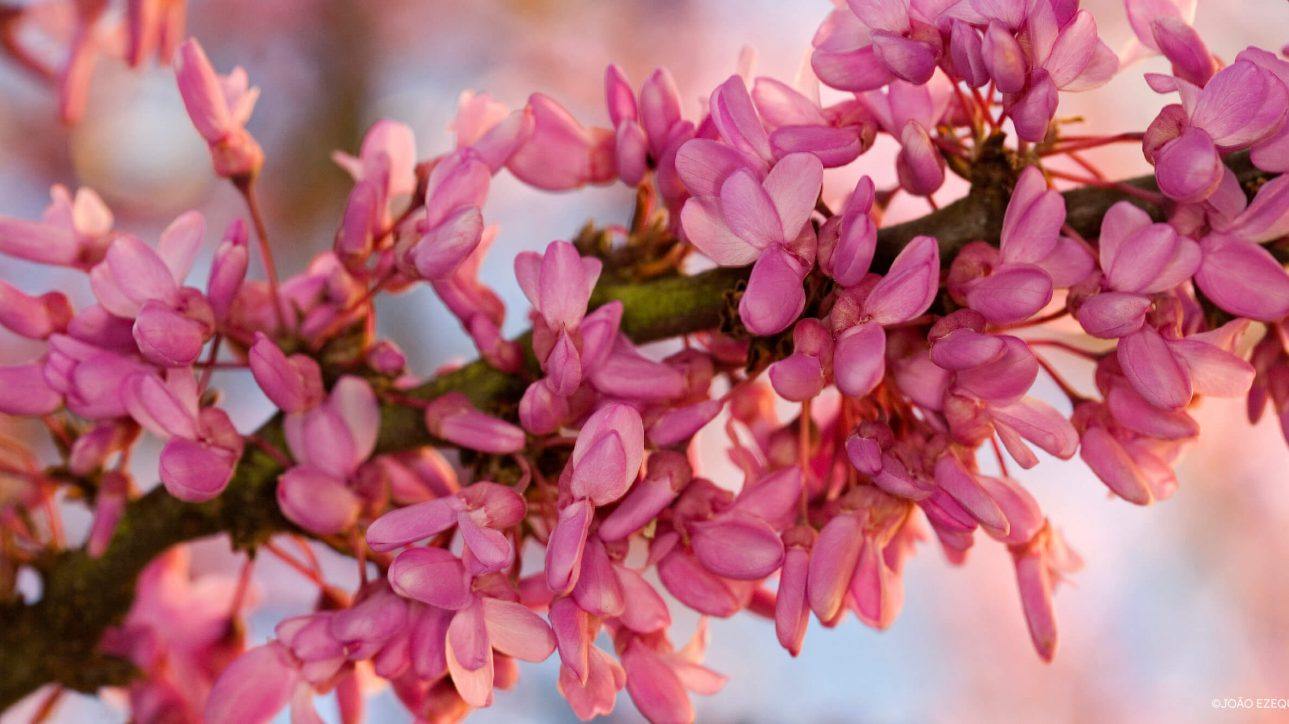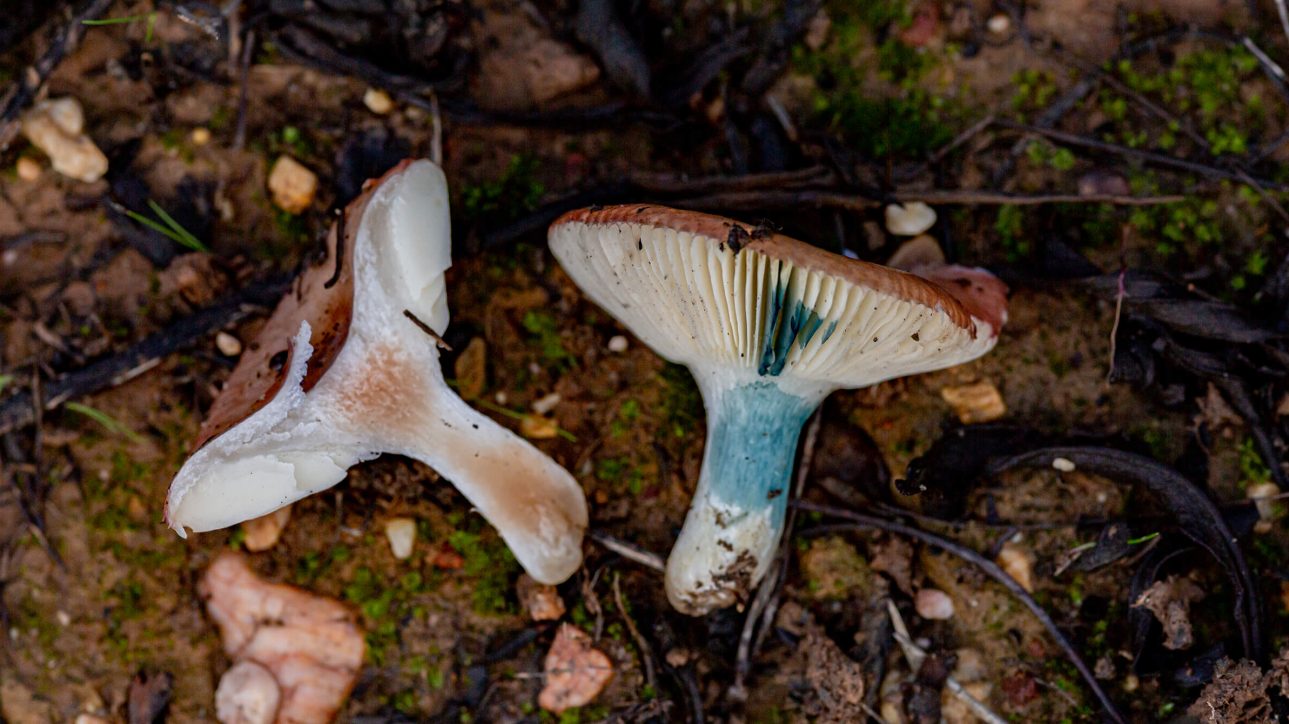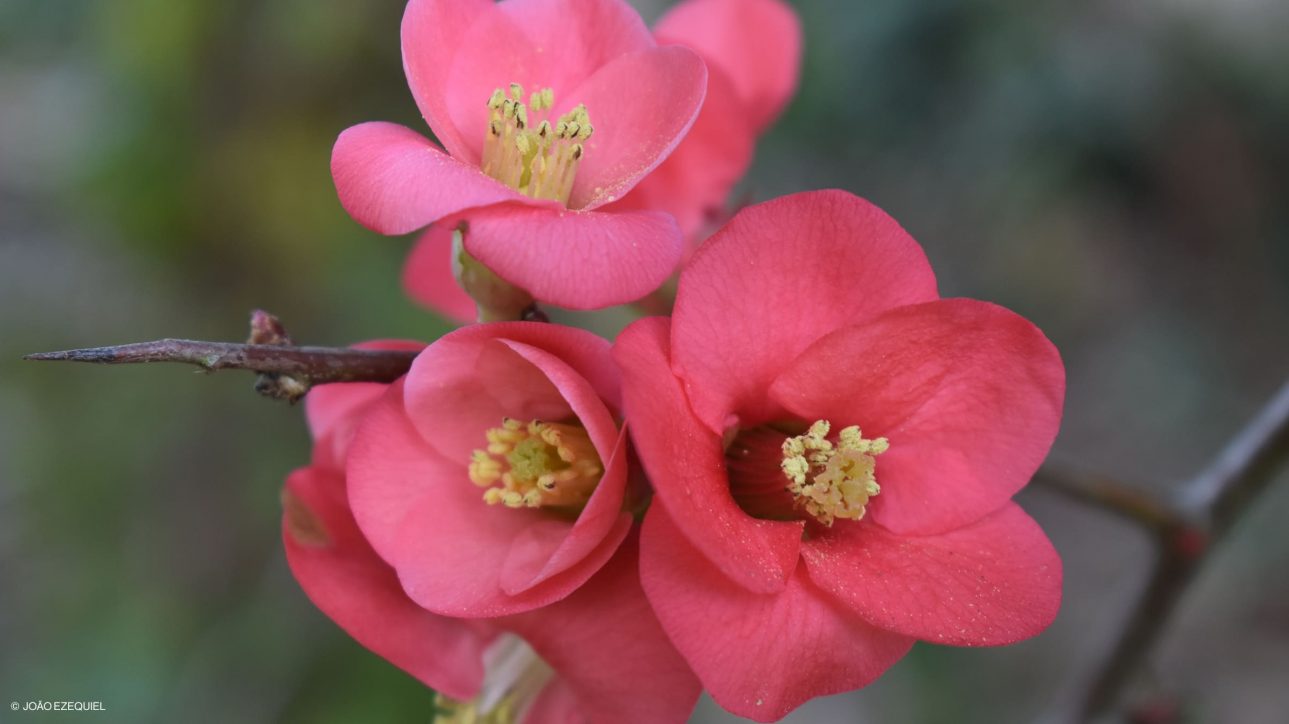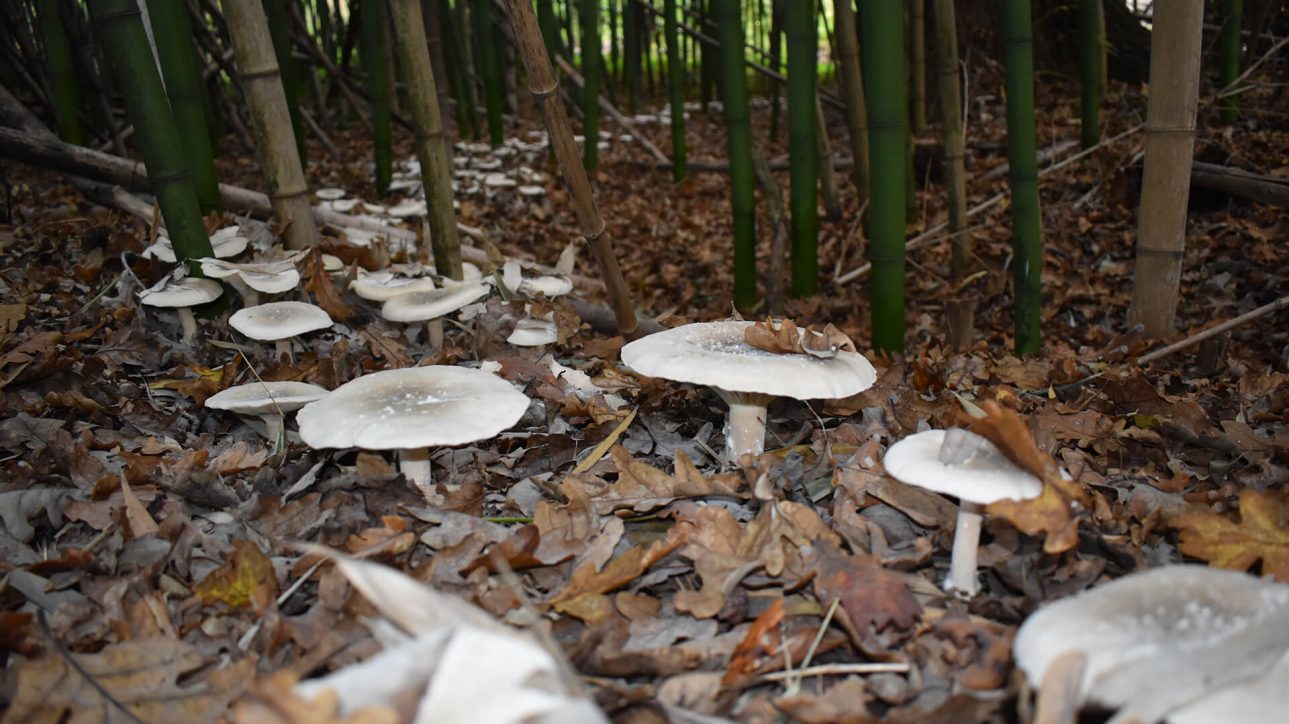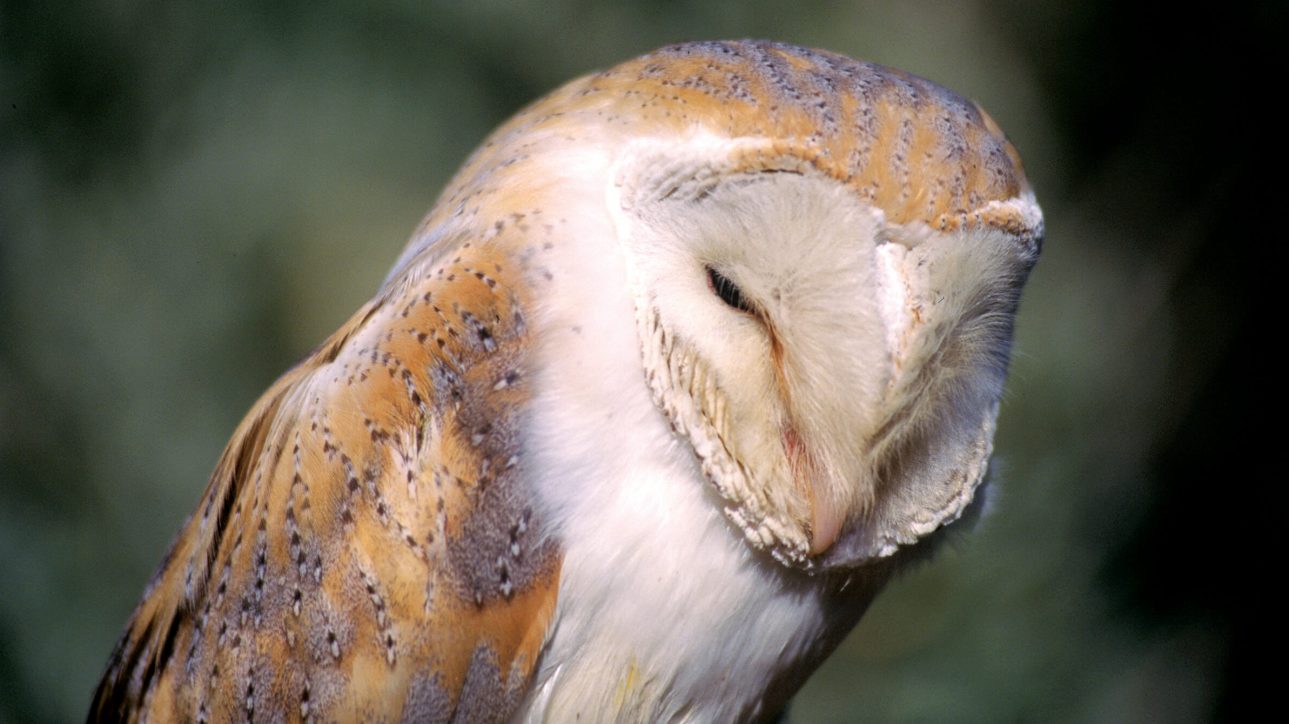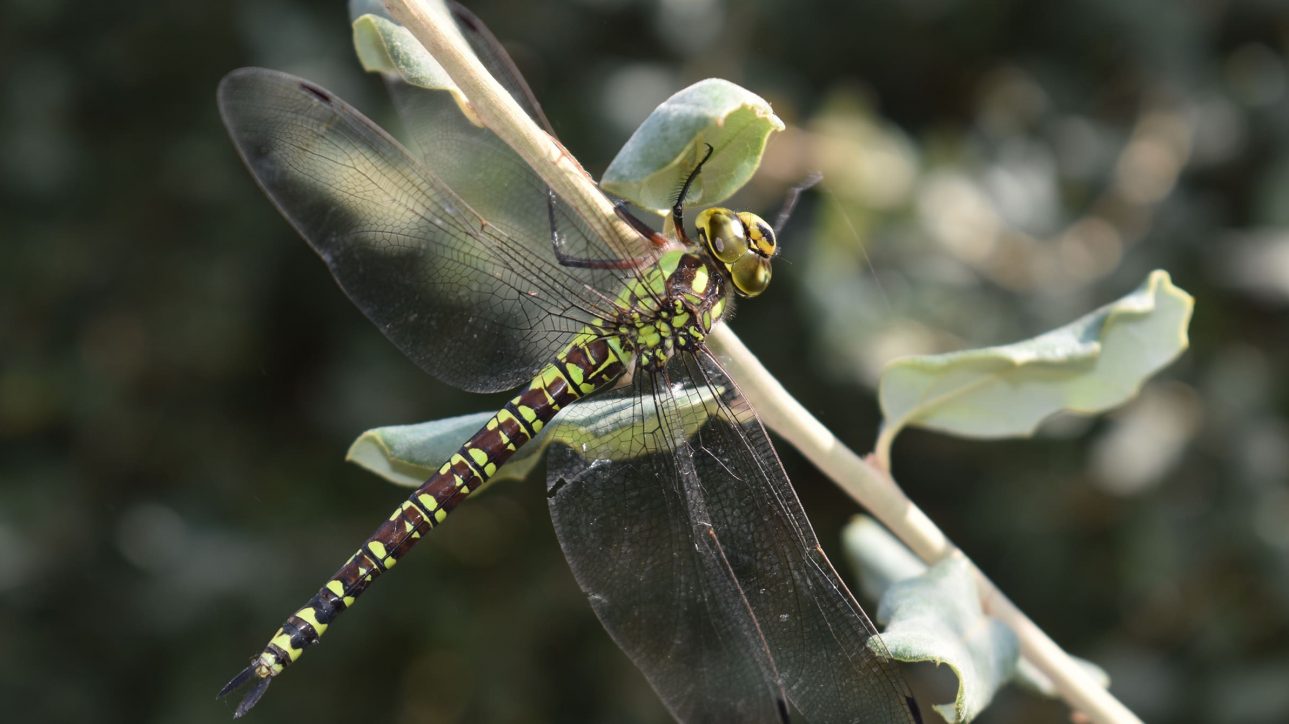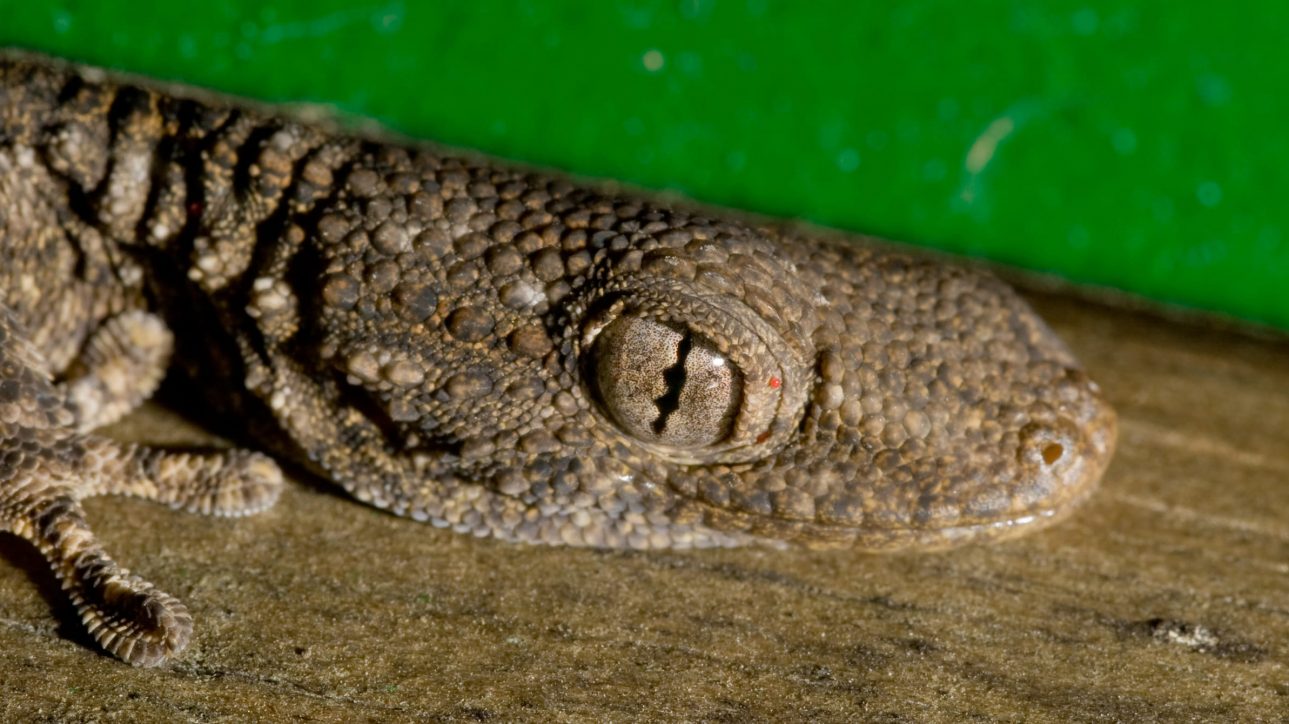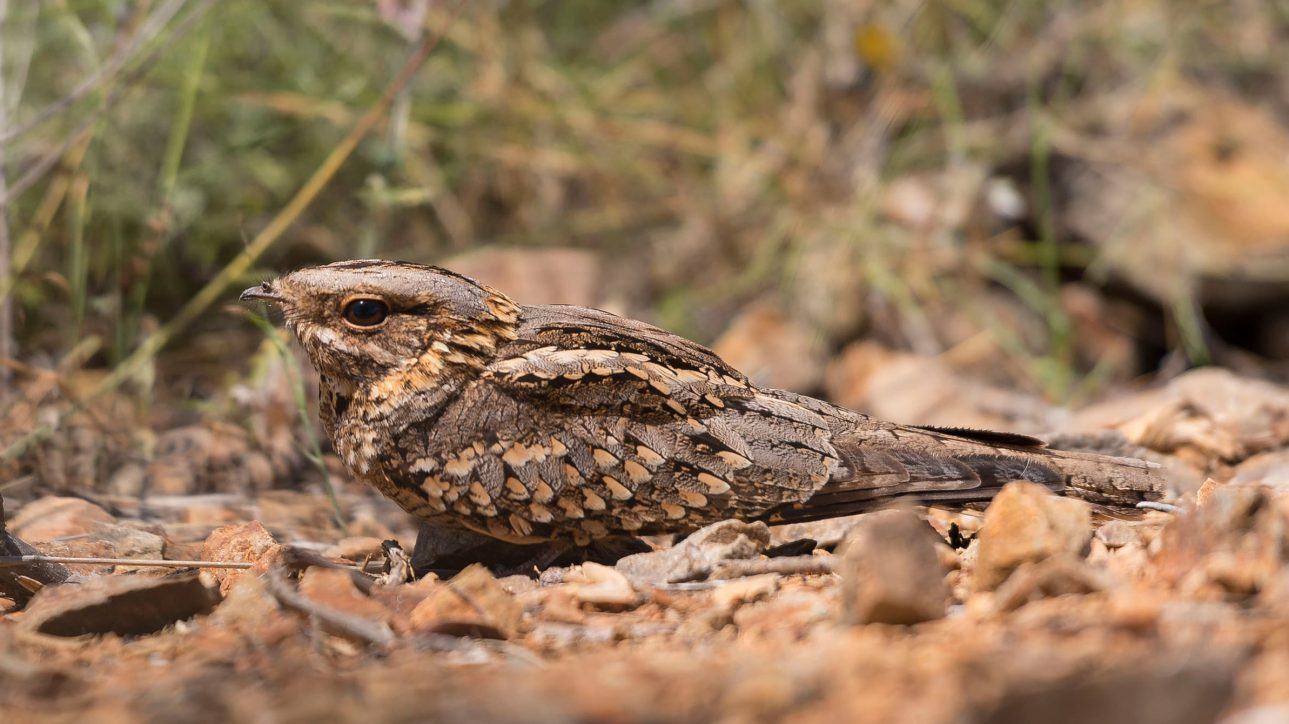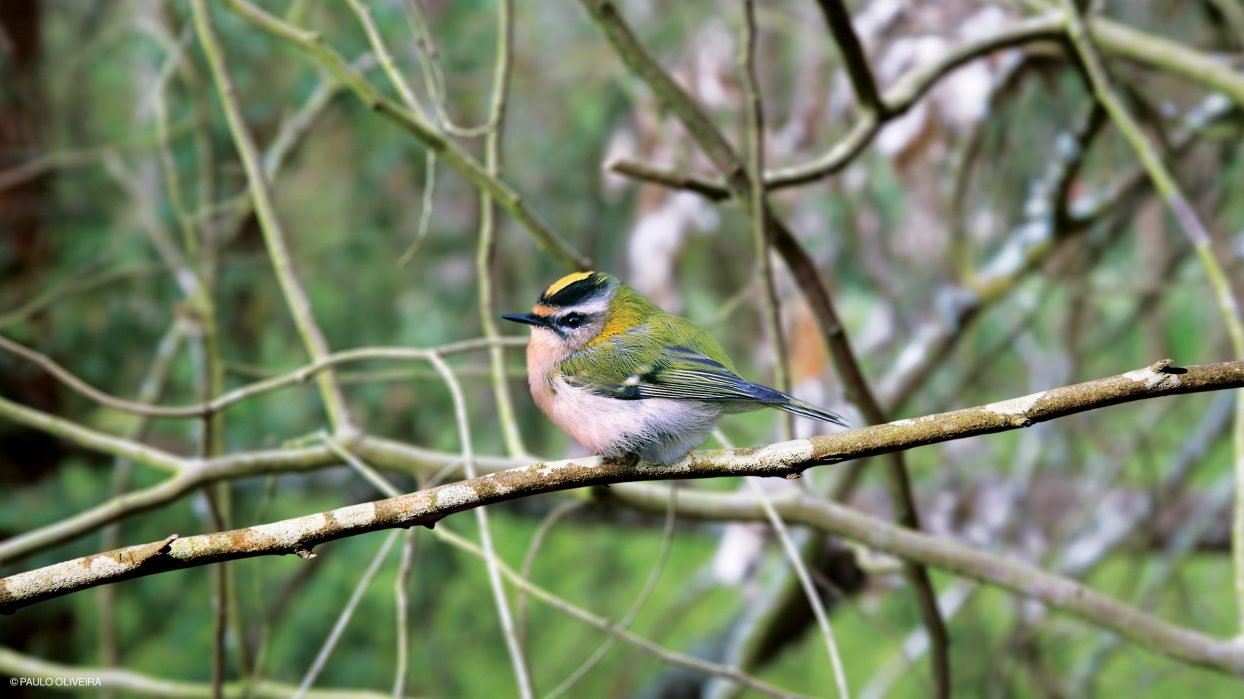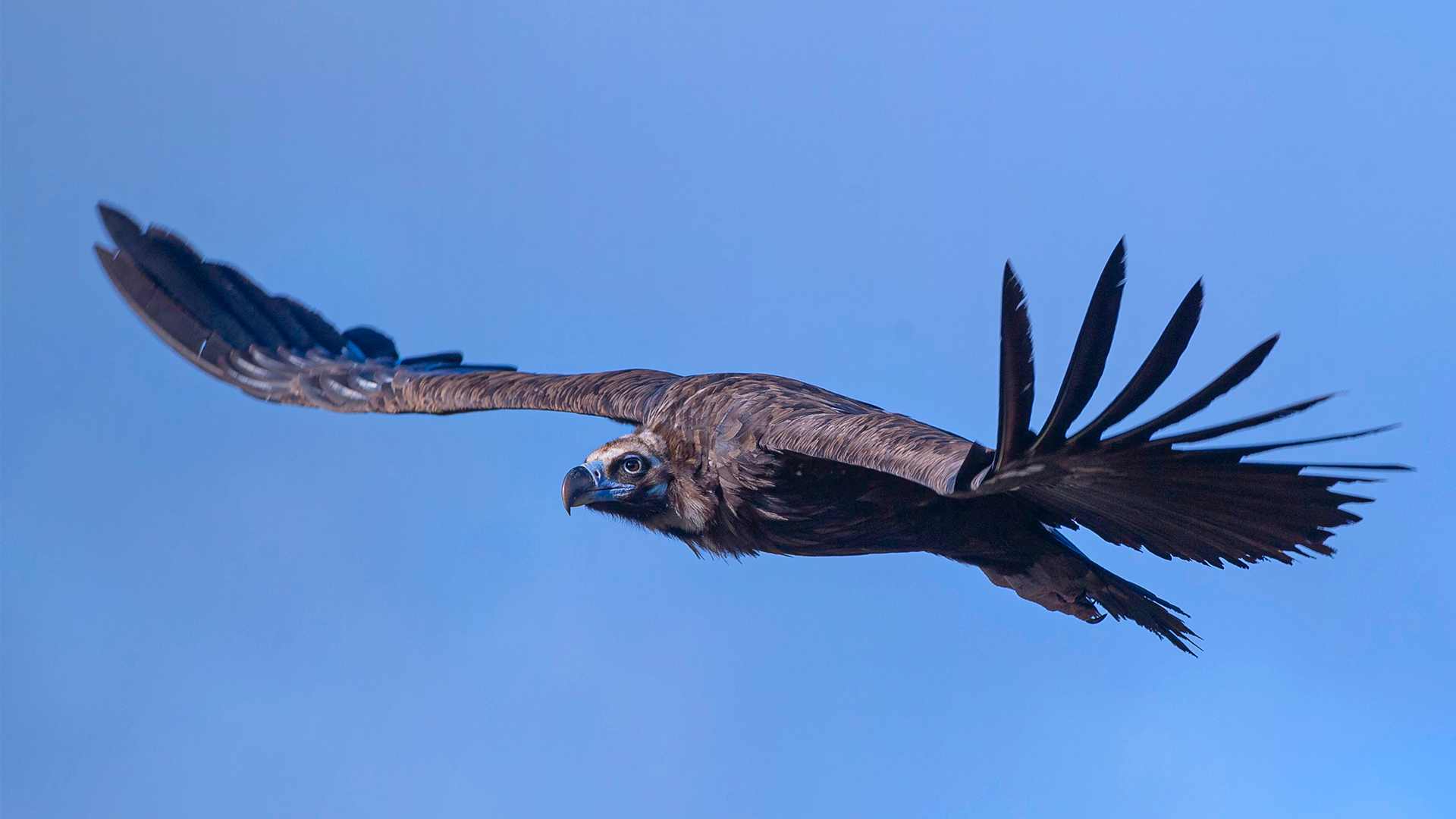The darkling beetle Akis sp belongs to the Tenebrionidae, family and is one of the inhabitants of Herdade de Espirra, a property managed by The Navigator Company. Ecologically, they are very important. On the one hand, they help recycle and regulate the nutrients available in the soil as adults and their larvae are decomposers and feed on decomposing organic matter that they then return to the soil. On the other hand, they are a source of food for predators such as birds, small mammals, amphibians and reptiles, thus entering the food chains of ecosystems.
Navigator Forests: maintaining and enhancing natural values
The forests managed by The Navigator Company total around 105,000 hectares in Portugal (a country where forest areas exceed 3 million hectares). In these forests, more than 240 species of fauna and 800 species and subspecies of flora have already been identified (end of 2021). Here, biodiversity management cuts across field operations to maintain and enhance their natural values.
